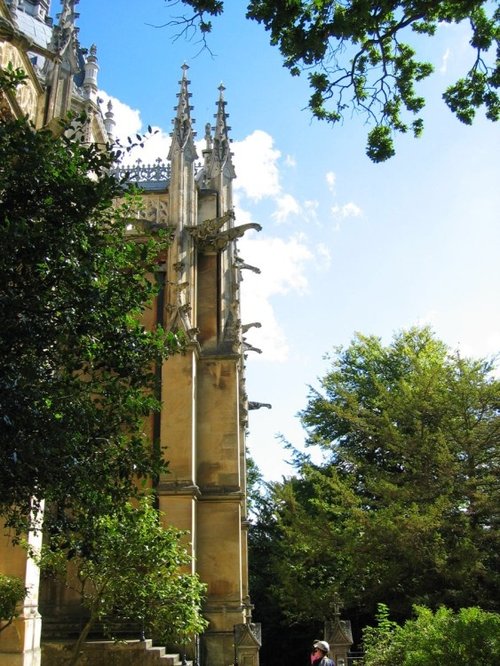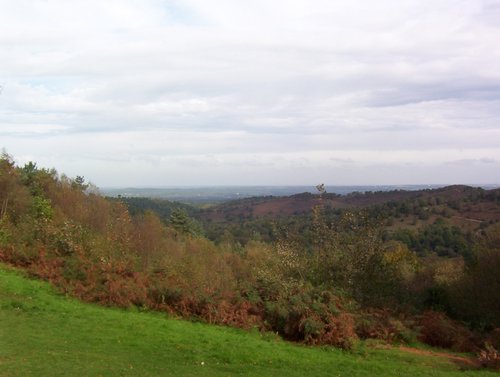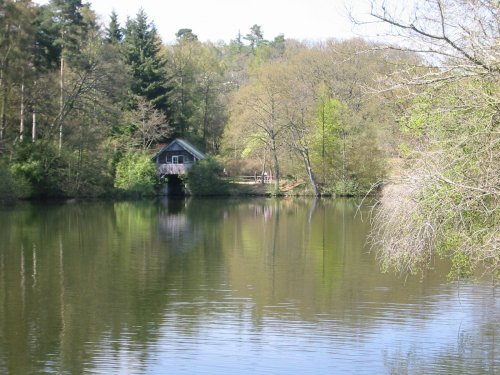Pictures of Farnham
About Farnham
It was King Caedwalla of Wessex who, in 688 bestowed the Manor of Farnham on the Bishop's of Winchester. Since these days, this pleasant market town, with roots established in the Bronze Age when travelling merchants travelled through a pre-historic settlement at Farnham to trade with the people in the East, has grown and flourished throughout the centuries. The most prominent period in the history of the town is Medieval, and the town of today owes its growth to the development of agriculture during medieval times.
Following the Norman conquest, a Norman bishop, Henry Blois started to build Farnham Castle. The castle built in 1138 to provide fortification for the town has seen little in the way of conflict. Rather, it provided a stopping place of great hospitality for the Bishop as he travelled between his cathedral and London. This was to forge a close and lasting link between church and town that has existed for 800 years.
Monarchs throughout the ages have stayed at the Castle. Mary Tudor stayed on her way to her marriage to Philip of Spain and Queen Elizabeth the first is said to have visited frequently. Throughout the ages various Royal charters have been granted and the charter of 1249 was confirmed by Bishop John Gervase in 1266 and again in 1410 by Henry, Cardinal Beaufort. A charter of 1566 and granted by Bishop Horne declared a new municipal body to be chosen from the best and most worthy inhabitants and to include two bailiffs and twelve burgesses. By the year 1789 only one bailiff, William Shotter, remained. It is said that he was charged for not keeping the river bridges in a good state of repair and this forced him to surrender the charter. During the Civil War, the castle fell to the Parliamentarians and part of the Keep was damaged. Occupation of the castle was now impossible but fortunately this came at a time when the town itself was growing in importance. Today, the castle remains a mixture of domestic accommodation and splendid fortification. In its long history, right up until the 1920's the castle was a Palace for the Bishop's of Winchester.
Over the years the castle has been added to and re-modelled and most partcularly Morley restored the residential areas of the castle including the Great Hall. This castle that has throughout history welcomed so many of the great and the good ceased to be an occupied castle in 1955 and no Bishop has lived there since this date. However, history proudly records the exhalted power of the Bishops of Winchester and the fact that this castle was continuously used as a Palace from the 12th to the 20th-century.
Just as the castle was central to the life of the town so too is the parish Church of St. Andrew. The church dates eleventh century and is a mixture of late Norman and early English with later additions. The most recent addition being a perpendicular top and the famous chimes. The church houses many treasures and the Lady Chapel contains early tablets and plaques. One is dedicated to Henry Vernon, who died in 1656. It was in Vernon House, now the town library, that King Charles Ist stayed overnight on his way to London and execution in 1649. Arthur Onslow, speaker of the House of Commons presented Farnham with a Vinegar Bible in 1739 and this is displayed towards the back of the church.
Notable citizens of Farnham include William Cobbett, the radical politician and author of Rural Rides. William was born at the Jolly Farmer Inn, now the William Cobbett, in Bridge Square.
Today, a visit to the old English market town of Farnham is full of pleasant surprises. The narrow streets are crammed with some of the finest Georgian houses to be seen in this part of England. These properties, some with red brick fascias and others colour washed, are all immaculately maintained and nearly all still have original features such as sash corded large pane windows, rarely seen in these days of double glazing!
There is a museum which records much of the towns history and Birdworld is but a short drive away. There are two local Golf courses and the town provides a wealth of tempting shops. There are several Inns and Public Houses all offering enjoyable food and fine wines. The surrounding countryside is interspersed with little villages and a patchwork of gentle hills, leafy lanes and sparkling rivers, all just waiting to be explored and enjoyed.






